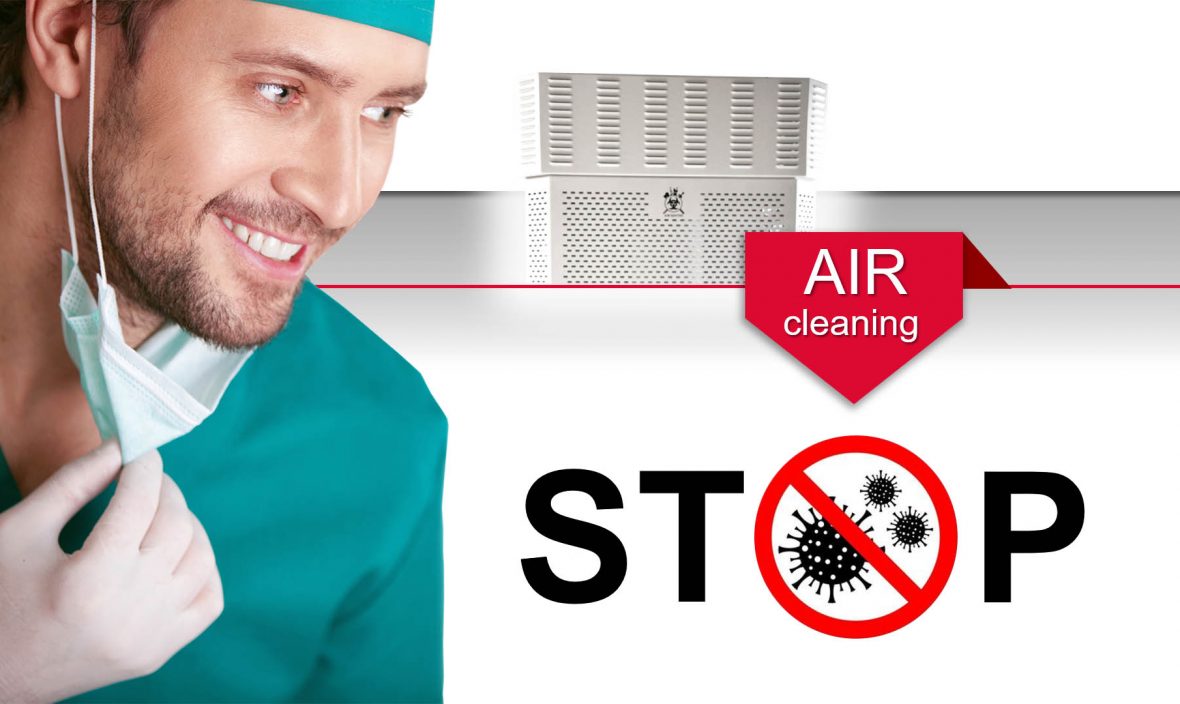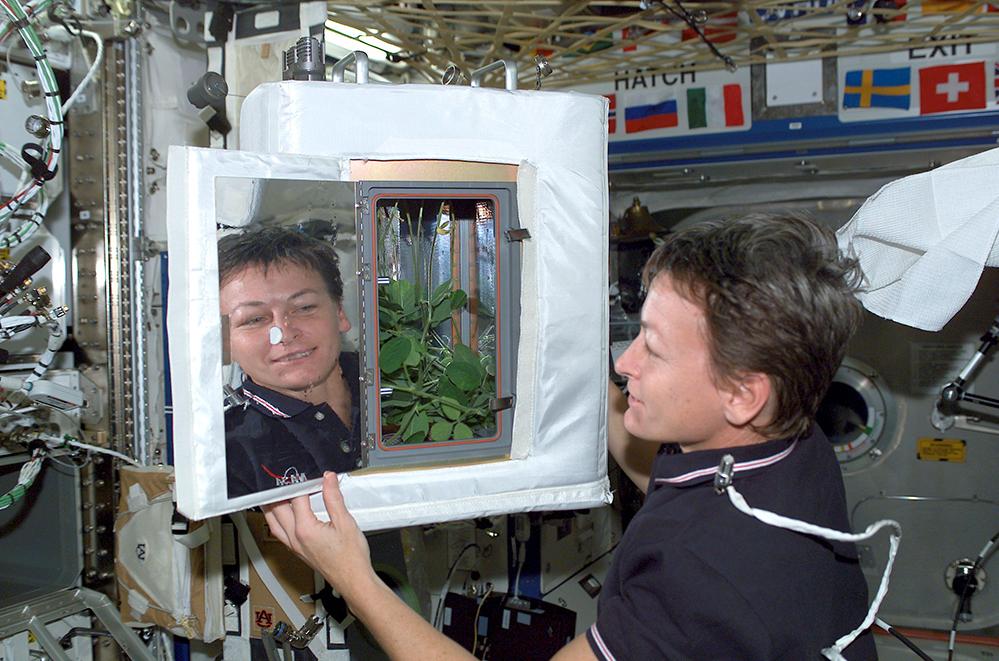To clean an air purifier after a virus outbreak, you need to follow specific steps. Proper cleaning ensures the device works efficiently and safely.
Air purifiers are essential for maintaining clean indoor air, especially after a virus outbreak. They help remove harmful particles and improve air quality. But, after an outbreak, it’s crucial to clean your purifier thoroughly. This ensures it functions well and keeps your environment safe.
In this guide, we will walk you through the necessary steps to clean your air purifier. You’ll learn how to handle filters, sanitize parts, and maintain the device properly. This way, you can ensure your air purifier remains effective in protecting your home.
Importance Of Cleaning Air Purifiers
Cleaning air purifiers after a virus outbreak is crucial. It helps to maintain a healthy indoor environment. Neglecting this task can lead to several health issues. Clean air purifiers work efficiently, ensuring the air you breathe is free from harmful particles.
Health Benefits
A clean air purifier removes viruses and bacteria from the air. This reduces the risk of infections. It also helps to eliminate allergens, which can cause respiratory issues. For people with asthma or allergies, clean air is vital.
A dirty air purifier can circulate germs. This increases the risk of spreading illnesses. Regular cleaning ensures you and your family stay healthy. It also improves the overall air quality in your home.
Enhanced Efficiency
A clean air purifier works more effectively. Dust and debris can clog the filters. This reduces the purifier’s ability to clean the air. Regular maintenance keeps the filters clear, ensuring optimal performance.
Efficient air purifiers save energy. They do not have to work as hard to clean the air. This can lead to lower electricity bills. It also extends the lifespan of the air purifier.
Here is a simple table showing the benefits of cleaning your air purifier:
| Benefit | Description |
|---|---|
| Health | Reduces risk of infections and respiratory issues. |
| Efficiency | Ensures optimal performance and saves energy. |
| Cost-Effective | Lower electricity bills and longer lifespan. |
By keeping your air purifier clean, you ensure a healthier and more efficient home environment.
Safety Precautions
Cleaning an air purifier after a virus outbreak is crucial. It ensures the device works well and keeps the air clean. Taking safety precautions is essential. These steps protect you from exposure to harmful particles.
Personal Protective Equipment
Wear appropriate personal protective equipment (PPE) before cleaning. Use gloves to protect your hands. Wear a mask to avoid inhaling any particles. Safety goggles protect your eyes from debris. Make sure your skin is covered. Long sleeves and pants are ideal.
Safe Handling
Turn off and unplug the air purifier before cleaning. This prevents electric shocks. Remove the filter carefully. Avoid shaking it to prevent particles from becoming airborne. Place the filter in a sealable bag. Dispose of it properly. Clean the unit’s surfaces with a damp cloth. Use a mild detergent. Avoid harsh chemicals. Let the unit dry completely before use. Replace the filter with a new one. Follow the manufacturer’s instructions.
Gathering Necessary Supplies
Cleaning your air purifier after a virus outbreak is important. It helps ensure that your device works effectively. You need the right supplies to do this correctly. These supplies will help you clean and disinfect your air purifier.
Here, we will discuss the essential supplies. These include cleaning tools and disinfectants. Having these supplies ready makes the cleaning process easier.
Cleaning Tools
You will need a few cleaning tools. A soft cloth is good for wiping surfaces. Use a small brush to clean tight spaces. A vacuum cleaner with a brush attachment is useful. It helps remove dust and debris from the filter.
You should also have a pair of gloves. Gloves protect your hands from dirt and disinfectants. Make sure to have a trash bag for disposing of used filters and cloths.
Disinfectants
Choose a disinfectant that can kill viruses. Look for products with EPA approval. Alcohol-based disinfectants work well. They should have at least 70% alcohol.
You can also use diluted bleach solution. Follow the instructions on the label. Make sure to ventilate the room while using disinfectants. Proper ventilation helps to avoid inhaling fumes.

Credit: www.nytimes.com
Disassembling The Air Purifier
Cleaning an air purifier after a virus outbreak is essential. Disassembling the air purifier correctly ensures a thorough clean. Below, we’ll guide you through removing filters and accessing interior components.
Removing Filters
First, turn off and unplug the air purifier. Safety first!
Locate the filter compartment. Usually, it is at the back or bottom.
- Open the compartment carefully.
- Remove the pre-filter. This is often the first layer.
- Next, take out the HEPA filter. Handle it gently.
- If your purifier has a carbon filter, remove it as well.
Place all filters on a clean, dry surface. Inspect them for damage.
Accessing Interior Components
With the filters removed, you can access the interior components.
Use a soft brush or cloth to clean the fan and vents. This helps remove dust and debris.
Check for any trapped particles inside. Use a vacuum cleaner to suck them out.
Be sure to clean the sensor. It is crucial for the purifier’s efficiency.
Reassemble the air purifier once all parts are clean and dry. Follow the reverse order to replace the filters.
Remember, a well-maintained air purifier works better and lasts longer.
Cleaning Filters
Maintaining your air purifier is crucial after a virus outbreak. The filters play a vital role in capturing harmful particles. Proper cleaning ensures the device works efficiently and keeps your home safe.
Washing Procedures
First, turn off and unplug the air purifier. Remove the filter carefully to avoid spreading trapped particles. Wash the filter using warm water and mild soap. Gently scrub to remove any dirt or residue. Avoid using harsh chemicals as they can damage the filter.
Rinse thoroughly to ensure all soap is removed. Shake off excess water gently. Be mindful not to tear or damage the filter during this process.
Drying Techniques
Drying the filter correctly is essential for its effectiveness. Place the filter in a well-ventilated area. Avoid direct sunlight as it can degrade the material. Let it air dry completely before reinstalling.
Speed up drying by using a fan or placing the filter near an open window. Ensure the filter is completely dry to prevent mold growth. Once dry, reassemble the air purifier and enjoy clean, virus-free air.

Credit: tontarra.de
Sanitizing Interior Components
After a virus outbreak, it’s crucial to sanitize the interior components of your air purifier. This ensures that the air you breathe remains clean and safe. Let’s explore how to effectively disinfect the internal parts.
Effective Disinfectants
Using the right disinfectants is key. Here are some effective options:
- Isopropyl alcohol: Effective against many viruses and bacteria.
- Hydrogen peroxide: Good for sanitizing surfaces and components.
- Bleach solution: A powerful disinfectant. Mix 1 part bleach to 10 parts water.
Application Methods
Proper application ensures thorough disinfection. Follow these steps:
- Turn off and unplug the air purifier. Safety first!
- Disassemble the air purifier. Remove the filter and other detachable parts.
- Clean the filter. Wash with soap and water, then dry completely.
- Disinfect interior parts. Use a cloth or spray bottle to apply the disinfectant.
- Allow to air dry. Make sure all parts are dry before reassembling.
- Reassemble the purifier. Ensure all parts are properly attached.
Remember, sanitizing your air purifier helps maintain air quality and protects your health.
Reassembling The Air Purifier
Once you have cleaned all parts of your air purifier, it is time to reassemble it. This step is crucial to ensure the device works efficiently. Follow these simple steps to put your air purifier back together correctly.
Proper Placement Of Filters
Make sure each filter goes back to its original position. Check the user manual if you are unsure. Filters have specific spots and directions. Placing them correctly ensures proper airflow and filtration.
Some purifiers have multiple filters. Ensure each one is in its proper place. This includes HEPA filters, carbon filters, and pre-filters. Misplaced filters may reduce the purifier’s effectiveness.
Ensuring Secure Assembly
Once filters are in place, ensure all parts fit securely. Loose parts can cause the purifier to rattle or not work properly. Double-check all clips, screws, and covers.
Turn on the air purifier to check if it runs smoothly. Listen for any unusual noises. If something sounds off, double-check the assembly. Proper reassembly ensures your air purifier works as intended.

Credit: spinoff.nasa.gov
Regular Maintenance Tips
Keeping your air purifier clean is crucial, especially after a virus outbreak. Regular maintenance not only extends the life of your device but also ensures it works efficiently. Proper care will help you breathe cleaner air and stay healthy. Here are some essential maintenance tips to follow.
Scheduled Cleaning
Set a routine for cleaning your air purifier. Check the manufacturer’s manual for specific guidelines. Most air purifiers need cleaning every two to four weeks. Use a soft cloth to wipe down the exterior. Avoid using harsh chemicals. Clean the pre-filter if your model has one. This helps to trap larger particles like dust and pet hair.
Monitoring Performance
Regularly monitor your air purifier’s performance. Pay attention to unusual noises or smells. These could indicate that the filters need replacing. Check the filter indicator light if your device has one. Replace the filters as needed. A clogged filter can reduce the efficiency of your purifier. Keep an eye on the airflow. Reduced airflow can signal a need for maintenance.
Frequently Asked Questions
How Often Should You Clean An Air Purifier?
You should clean your air purifier every two weeks. This ensures optimal performance and longevity. Regular cleaning is vital after a virus outbreak.
What Tools Are Needed To Clean An Air Purifier?
You will need a soft cloth, mild soap, and water. Avoid using harsh chemicals. A vacuum cleaner can help with dust removal.
Can An Air Purifier Filter Be Washed?
Check the manufacturer’s instructions first. Many filters are washable with water. Some filters may need replacement instead.
How Do You Disinfect An Air Purifier?
Use a mixture of water and mild soap. Wipe down all surfaces. Ensure the unit is completely dry before reassembling.
Conclusion
Cleaning your air purifier after a virus outbreak ensures safety. Follow these steps regularly. Always unplug the device first. Remove and wash filters with mild soap. Let them dry completely. Wipe down surfaces with a damp cloth. Avoid harsh chemicals.
Reassemble your purifier carefully. Regular maintenance keeps your air clean. Protect your health and home environment. Stay safe and breathe easy.
Rakib Sarwar is a Registered Pharmacist and a reputed health and wellness blogger. He has a great interest in Air purifiers.
